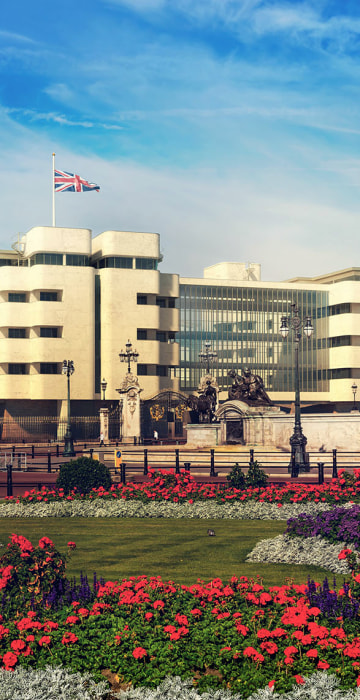
In Focus
Architecture time warp: 7 iconic buildings reimagined
Have you ever wondered what Buckingham Palace would look like if it were built in a Bauhaus style?
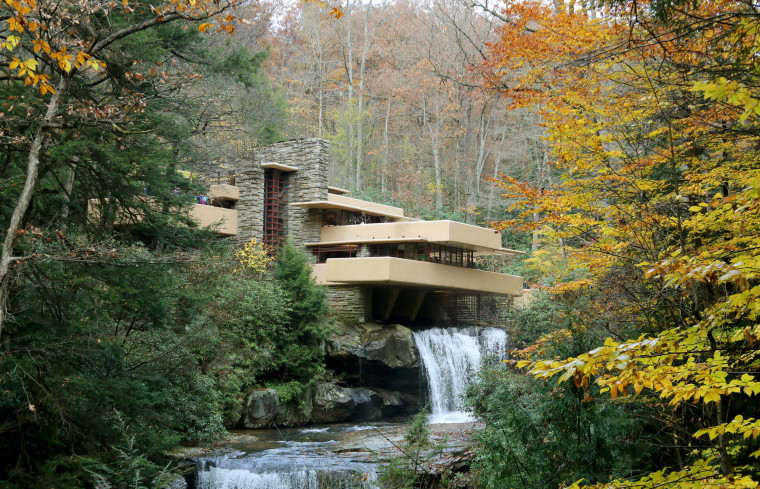
Fallingwater
The folks at NeoMam Studios and Expedia imagined what would happen if time-travelling architects reinterpreted seven well-known buildings.
You'll probably recognize most of these buildings, but we've paired the imaginary makeovers with photos of the actual buildings, like Frank Lloyd Wright's Fallingwater at left, to refresh your memory.
Have you ever wondered what the Louvre would look like in a Brutalist style? Probably not, but you'll still want to scroll through to see these bizarre transformations.
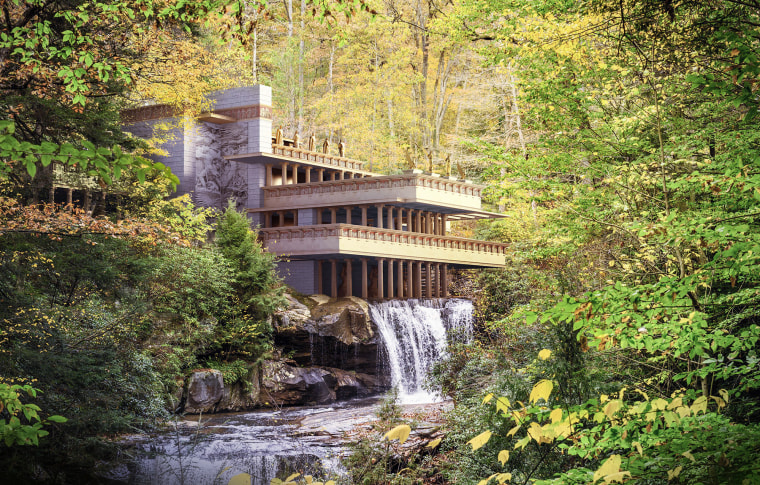
Fallingwater in Classical style
Symmetrical columns become a dominant feature in the reimagining of Fallingwater in the architectural style of ancient Greece or Rome.
Commissioned as a summer home by Pittsburgh department store owner Edgar Kaufmann in 1938, Fallingwater opened to the public in 1964 and has welcomed more than 5 million visitors.
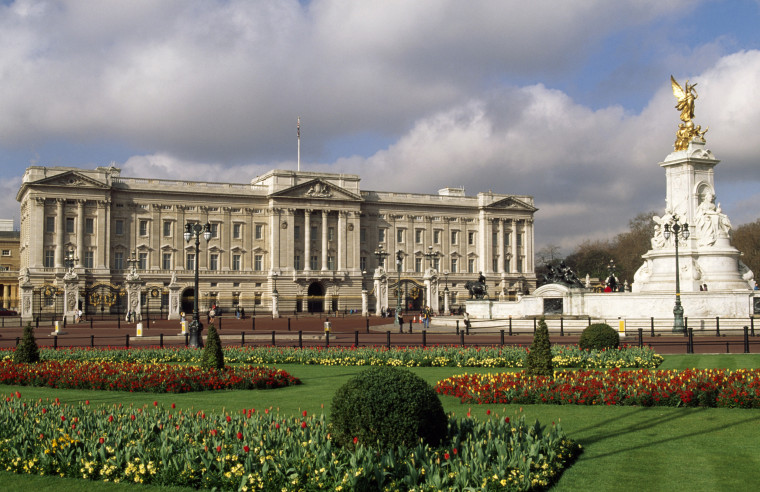


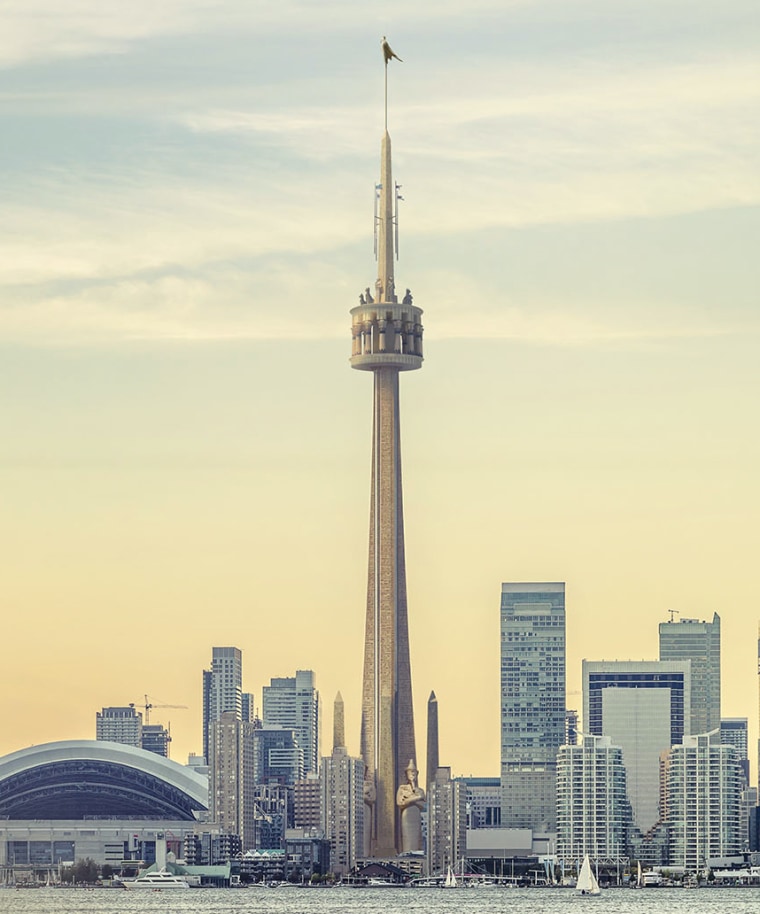
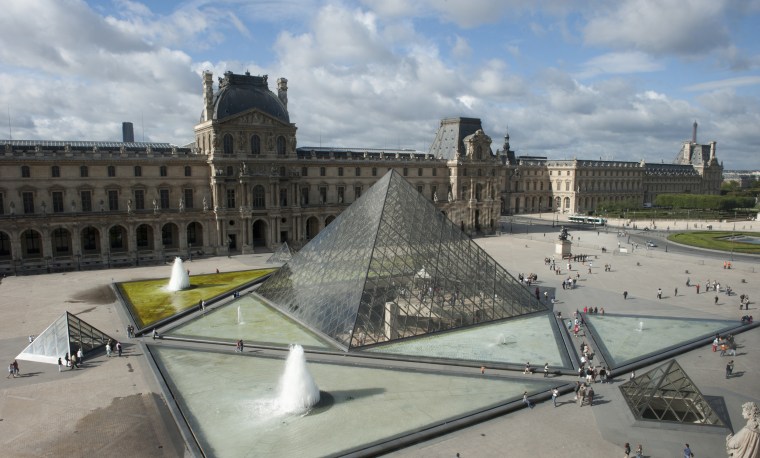
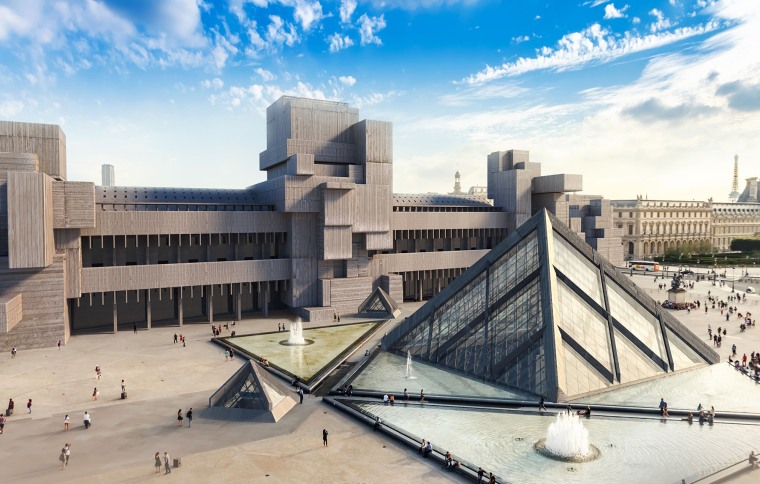

Petronas Towers
When completed in 1998, the Petronas Towers in Kuala Lumpur, Malaysia, were the world's tallest buildings. Their reign was brief, however, as they were dethroned in 2004 by the Taipei 101 tower in Taiwan. The Burj Khalifa in Dubai claimed the title in 2008.
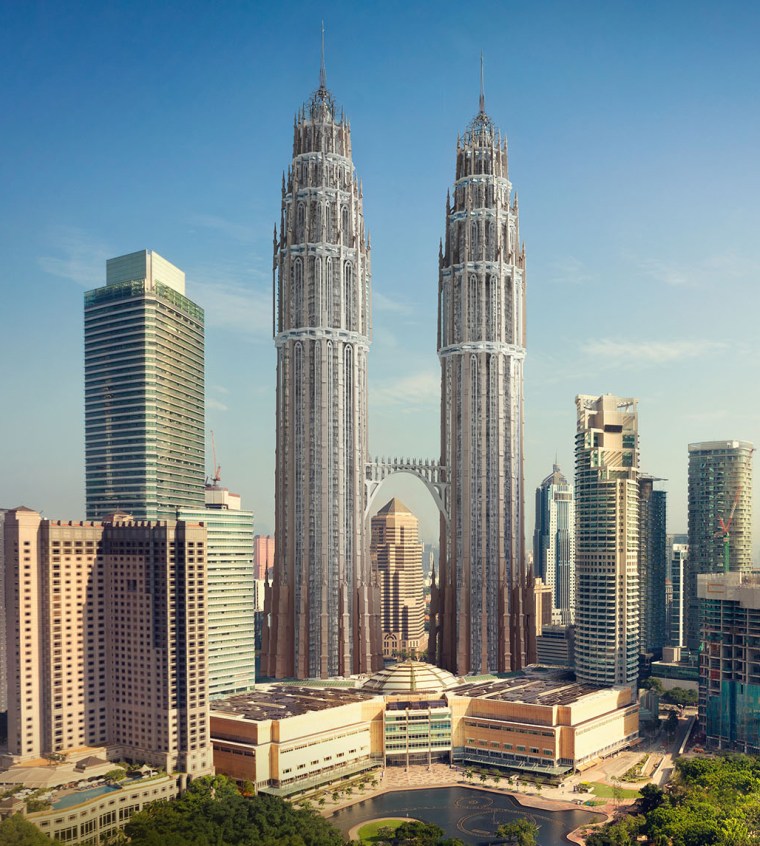
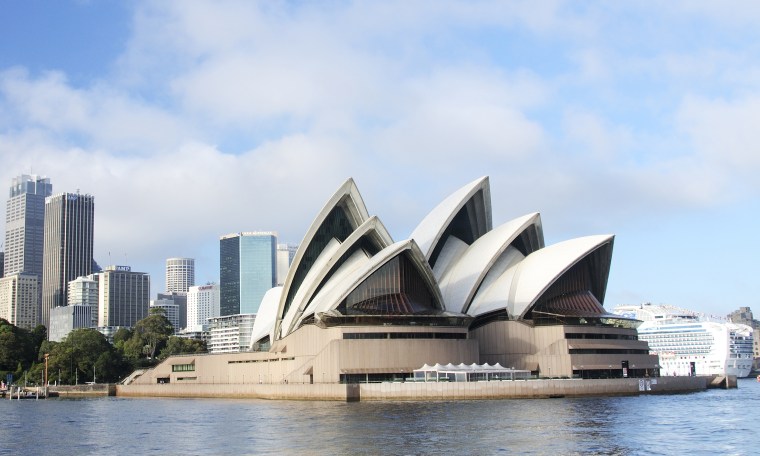
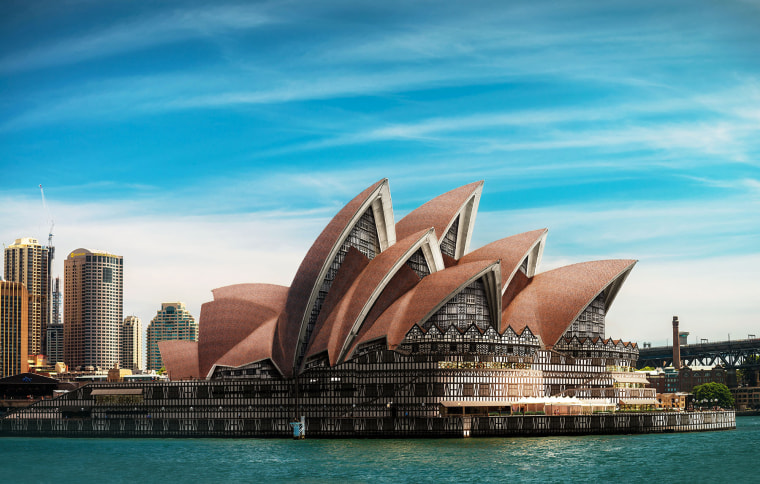
Sydney Opera House in Tudor style
Despite being reconceptualized with the visible beams, steep gable roofing, masonry chimneys and grouped windows that were typical of 15th- and 16th-century English architecture, the opera house maintains the distinctive profile that makes it one of the most recognizable buildings in the world.
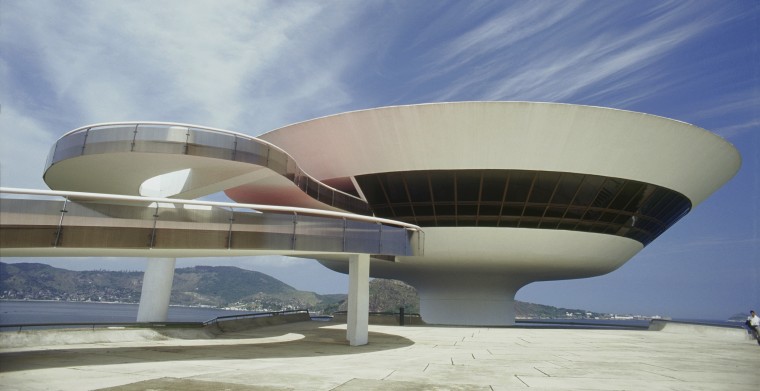
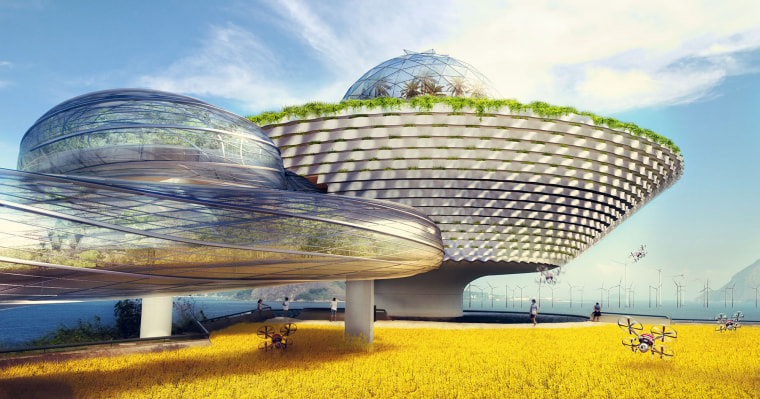
The Niteroi Contemporary Art Museum in Sustainable style
This environmentally sound redesign, which incorporates lots of interior and exterior flora, aims to reduce greenhouse gas emissions, save energy, and reduce waste.
The Month in Space Pictures: Falling stars and rising rockets